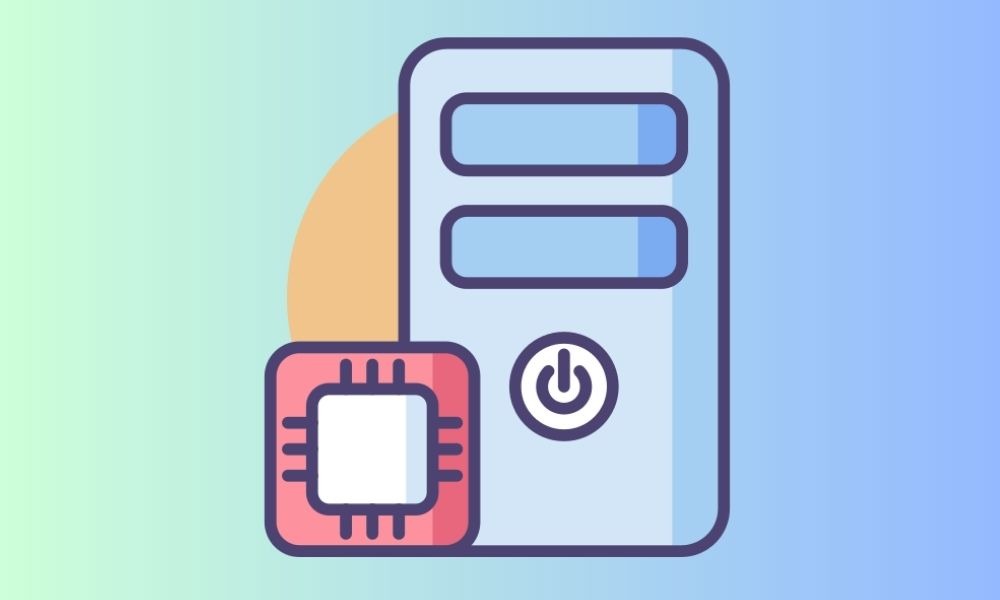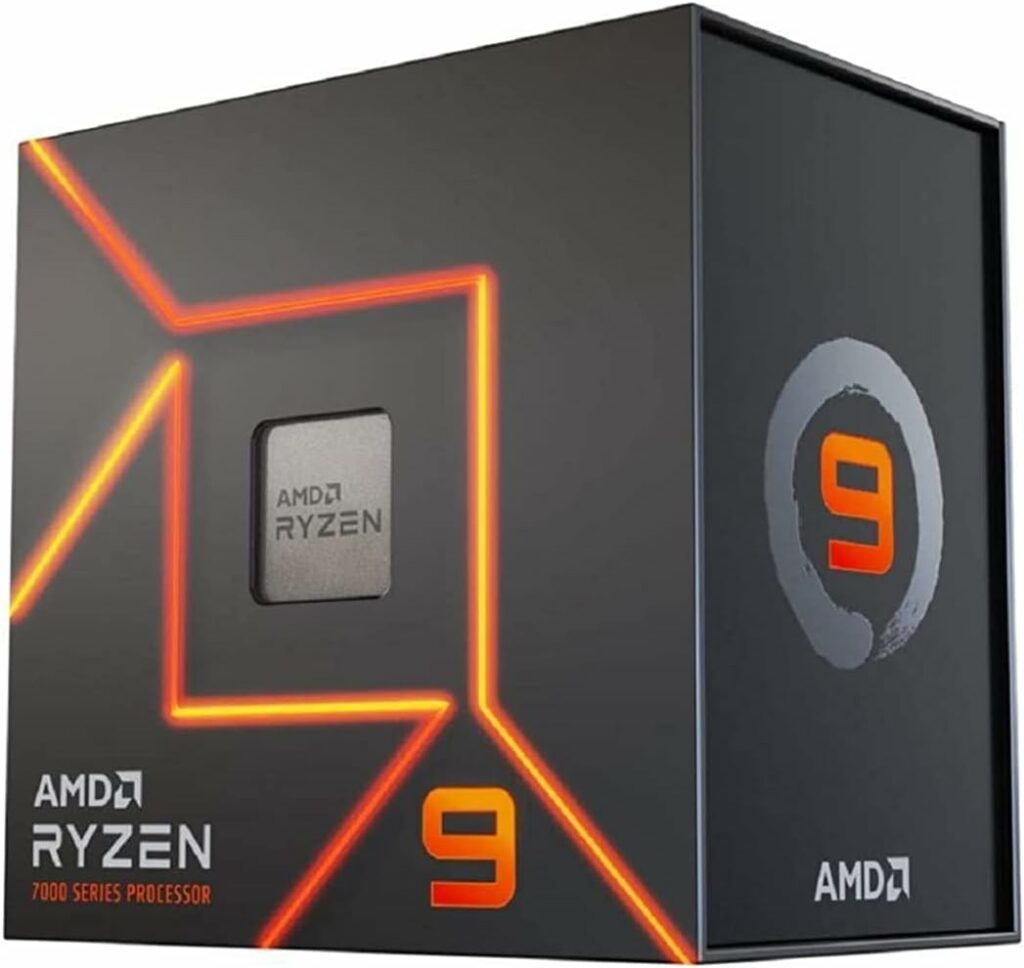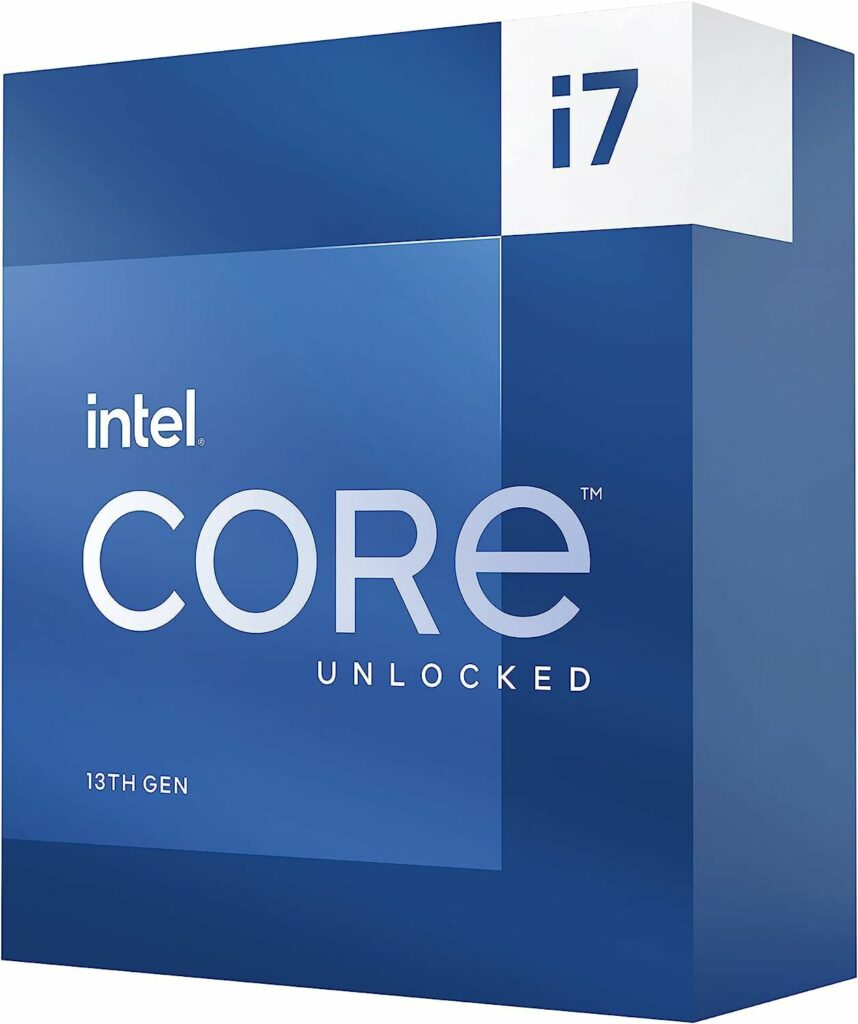What is the best CPU for deep learning? The answer to that question is not as outspoken as you might imagine. This buying guide is all about how to find the best CPU for deep learning.
While there are many CPUs on the market, this article will help you make an informed decision by presenting a list of top CPUs with their specifications and performance benchmarks. First, we will review some background information on what makes a good CPU for machine learning applications.
So you can compare some popular CPUs in terms of their price and performance to give you more insight into which one might be best for your needs. Finally, if you’re looking for even more information on this topic before making your purchase, check out our buyer’s guide at the end of this article!
There are many factors to consider when choosing a CPU for data science or cpu for mining, but this article will explore three of the most important ones: cost, power consumption, and performance. Hopefully, after reading this buying guide, you’ll have an idea of what kind of computer would be best for your needs!
There are many factors to consider when deciding on a processor. When selecting your chip, the number of cores, clock speed, and price range will all come into play. Here we’ll break down the most important considerations and help you decide which CPU is right for you.
Our recommended list of the Best CPU for Deep Learning
- Intel Core i9-13900KS
- AMD Ryzen 9 7950X3D
- Intel Core i9-12900K
- AMD Ryzen 9 7900X
- Intel Core i7-13700K
- Intel Core i9-11900K
1. Overall Best CPU for Deep Learning: Intel Core i9-13900KS
The Intel Core i9-13900KS Desktop Processor is a high-performance CPU that is specifically designed for data science, machine learning, and deep learning applications. With 24 cores (8 P-cores and 16 E-cores) and 32 threads, this processor can handle large datasets and complex computations with ease. Additionally, its 36MB cache and up to 6.0 GHz clock speed make it one of the fastest and most efficient processors on the market.
One of the key features of the i9-13900KS is its ability to support deep learning tasks. It includes Intel’s Deep Learning Boost (DL Boost) technology, which provides acceleration for deep learning workloads.
This technology is specifically designed to improve performance for tasks such as image recognition, natural language processing, and speech recognition. This makes the i9-13900KS a great choice for data scientists and machine learning engineers who need to work with large datasets and complex algorithms.
The processor is also built on Intel’s 10nm SuperFin process technology, which provides improved power efficiency and better overall performance.
This means that it can handle even the most demanding workloads while using less power than previous generations of Intel processors. This is especially important for data scientists and machine learning engineers who need to run their workloads for extended periods of time.
In terms of compatibility, the i9-13900KS is compatible with the LGA 1700 socket, which means that it will work with most modern motherboards. However, it is important to note that this processor is designed for high-end desktops and workstations, so it may not be suitable for all users.
2. Best AMD CPU for Deep Learning: AMD Ryzen 9 7950X3D
The AMD Ryzen 9 7950X3D is a high-end processor that is designed for deep learning applications. It has 16 cores and 32 threads, which allow it to handle multiple tasks simultaneously and efficiently. It also has a base clock of 4.2 GHz and a boost clock of up to 5.7 GHz, which enable it to perform fast calculations and operations.
One of the main features of this processor is the 3D V-Cache technology, which stacks an additional layer of SRAM on top of the compute chiplets using hybrid bonding. This increases the L3 cache size by four times, from 32 MB to 128 MB per chiplet, and improves the bandwidth by three times, from 2 TB/s to 6 TB/s per chiplet. This results in a significant boost in gaming performance, as well as in some deep learning workloads that are sensitive to cache size and bandwidth.
The AMD Ryzen 9 7950X3D is compatible with the AM5 socket and the PCIe 5.0 interface, which offer more flexibility and scalability for future upgrades.
However, this processor does not support DDR4 memory, so you will need to buy new DDR5 modules if you want to use this processor. It also has a high power consumption of 120 W, which means you will need a good cooling system and a reliable power supply unit to run it smoothly.
The AMD Ryzen 9 7950X3D is a great choice for deep learning professionals who want to enjoy the latest technology and the best gaming performance. However, if you are looking for a more affordable or more versatile processor, you may want to consider other options such as the Intel Core i9-13900KS or the AMD Ryzen 7 5700G.
3. Best For Data Science: Intel Core i9-12900K
The Intel Core i9-12900K is one of the best CPUs for data science, as it can handle both single-threaded and multi-threaded tasks with ease. According to various benchmarks, the processor can outperform its competitors in applications such as Python, R, MATLAB, TensorFlow, PyTorch, and SQL .
This powerful processor has 16 cores (8 performance and 8 efficiency) that can run up to 5.2 GHz when unlocked, giving you the speed and performance you need for data analysis, machine learning, and visualization.
The processor comes with Intel UHD Graphics 770, featuring 32 execution units based on the Xe-LP architecture. These graphics are great for data science, light gaming, and basic graphics tasks. Supporting DirectX 12, OpenGL 4.6, Vulkan 1.2, and OpenCL 3.0, your visual experience is top-notch.
Moreover, it has support for AVX-512 instructions, which can be used to accelerate certain types of machine learning algorithms. Also, it has a large cache memory, which can help to improve performance for tasks that require repeated access to data.
It also support for the 600 series chipset and the LGA1700 socket. With a 125W power consumption, this processor is designed for high-end desktops that can handle heavy workloads and multitasking.
Whether you are working with large data sets, complex models, or interactive dashboards, the Intel Core i9-12900K can help you achieve your data science goals faster and easier. It makes sure that your data analysis, machine learning, and visualization tasks are executed with unparalleled speed and precision.
4. Top Choice CPU for Deep Learning: AMD Ryzen 9 7900X
The Ryzen 9 7900X is the top choice CPU for deep learning, it aims to compete with Intel’s i9 series.
This processor is based on the Zen 4 architecture, which offers significant improvements in performance and efficiency over the previous generation. The Ryzen 9 7900X is a 12-core, 24-thread processor that can boost up to 5.6 GHz, making it ideal for demanding workloads such as training neural networks, running simulations, and analyzing data.
It also comes with a massive 64 MB of L3 cache and supports PCI Express 5.0 and DDR5 memory, giving you faster access to your data and devices.
In tests, the 7900X shines in machine learning tasks. It outperforms the Intel i9 12900K in Cinebench R23. Single-thread performance is good, though not a massive leap. Apps like 7-Zip and Blender showcase its strength, often beating the 12900K and even rivaling pricier CPUs.
Gaming-wise, the 7900X does well, sometimes surpassing the 7950X. However, it struggles with demanding games like Cyberpunk 2077. In terms of value, it’s a bit tricky. The Ryzen 7 7700X might offer better bang for the buck in gaming.
The 7900X’s cooling approach aims for a temperature of 95°C under heavy loads, maximizing performance. It’s compatible with existing coolers, making upgrading easier.
Therefore, if you are looking for a powerful and efficient CPU for your deep learning projects, we highly recommend the Ryzen 9 7900X from AMD.
5. Best Budget CPU For Deep Learning : Intel Core i7-13700K
The Intel Core i7-13700K is a fantastic option for anyone on a budget but in need of a powerful CPU for deep learning tasks. With its 16-core setup, divided into 8 performance cores and 8 efficiency cores, this processor can effortlessly handle complex calculations and multitasking.
The added bonus of integrated Intel UHD Graphics 770 makes it perfect for basic graphics tasks and can even support up to four displays. Plus, tech enthusiasts will be pleased to know that it’s unlocked, allowing for overclocking to squeeze out even more performance.
It plays well with popular deep learning frameworks like TensorFlow, PyTorch, and Keras, thanks to its support for Intel Deep Learning Boost and Intel Gaussian & Neural Accelerator 3.0.
A single-core turbo frequency of 5.40 GHz makes a noticeable difference in speeding up the training and inference processes of deep learning models.
Operating at 125 W base frequency power consumption and 253W at maximum turbo frequency, the Intel Core i7-13700K stands out for its energy efficiency, especially when compared to competitors like the AMD Ryzen Threadripper 3990X (280 W).
6. Cheapest CPU For Deep Learning: Intel Core i9-11900K
Intel is taking things to the next level in deep learning with its new Core i9-11900K Desktop Processor. All of Intel’s engineers, designers, and technicians have been working relentlessly with the sole purpose of creating a processor that will keep your PC in tip top shape and give you tons more power than ever before.
We are talking about an octa-core processing speed for mega PC applications like Photoshop or even video editing. Maximize your high-performance PC build with the Intel Core i9-11900K unfastened desktop processor.
With eight cores up to 5.3 GHz, it’s perfect for nonstop 4k gaming, 3D rendering, and video editing or streaming backed by 2M cache and media encoding at speeds of up to 16 gigabytes per second. It’s compatible with most new motherboard platforms based on socket 1559 from top tier manufacturers such as MSI, Gigabyte & more!
This is the latest Intel CPU guaranteed to give you an unbeatable PC that can handle anything you throw at it without breaking a sweat! The Core i9-11900K boasts up to eight cores which will let your system run through any task with lightning speed while still maintaining energy efficiency with less power consumption than AMD’s processors!
With an unlocked clock multiplier, overclocking is even simpler, thanks to turbo-boosting technology. The dimensions of this processor by Intel are 5.71 x 3.27 x 4.17 inches, and it weighs around 12 ounces.
Best Processor for Machine Learning Buying Guide
After reading this buying guide, you should know how to choose the best CPU for deep learning. You also know that choosing a good motherboard and getting enough graphics RAM is important as well. If you are still not sure which computer will be the best fit for your needs, don’t hesitate to reach out. We can help with everything from searching for parts to building it all together! Read this section more to get basic know-how about CPUs:
Cores and Threads:
If you want to interrogate about how your computer chip can make an impact on the world, then keep reading. Cores and threads are what we will be talking about as they act as the building blocks in a CPU. Cores being individual processors of their own all packed together onto one die (or silicon), while Threads describe a unit that many modern CPUs have: simultaneous multithreading or hyperthreading as it’s also called; meaning they’re capable of doing two tasks at once!
In light of recent developments these days where software is better at utilizing more processor power than ever before so having to say eight instead of five would give us far greater performance when running certain applications, which benefits both consumers who purchase such products but also businesses investing heavily into IT led infrastructure solutions.
Overclocking:
CPUs are the brains of your computer, but they’re not as fast or efficient if you have fewer cores. CPUs with higher clock speeds will allow them to process data more quickly than slower processors can; this means that in certain applications where one task needs attention over another (like video editing), having beefier hardware is beneficial because slower chips might take forever!
Clock speed represents how many tasks the chip can complete in one second, and MHz refers to megahertz (MHz). Gigahertz ratings which both represent frequency per second for each core on the CPU itself as well as overall clock speeds between 1 and 100GHz respectively- though it doesn’t tell all!
Power and Thermals:
As the prices of CPUs continue to increase, it’s important that you take power and thermal demands into consideration before making your purchase. However, both AMD and Intel give clear data on these two factors with their product names. We’re still left wondering which one should matter more when purchasing a new processor for your computer system build in order not only performance but also silence/efficiency!
FAQs
Also See:







